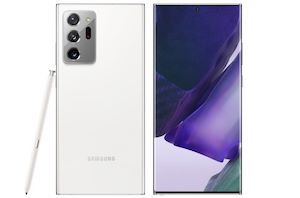VRR
Today NVIDIA has brought variable refresh rate support to its GeForce Now cloud gaming service. The company initially promised variable refresh support on GeForce Now back in early January during CES, and has seemingly waited so that it could launch alongside GeForce Now Day Passes, which are also now available. Variable refresh rate (VRR) technologies, including NVIDIA's own G-Sync, have been around for around a decade now, and allow a monitor to synchronize its refresh rate to the instantaneous framerate of a game. This synchronization prevents screen tearing, when two or more frames are present on a display at the same time. Without a VRR technology, gamers either have to tolerate the visual incongruity of screen tearing or enable V-Sync, which solves screen tearing by...
LG’s Latest Flex-OLED Display: Curved for Gaming, Flat for TV
Ever since LG displayed its first rollable OLED TV at CES 2019, and perhaps even before then, the vision of these flexible displays was that they could encompass any...
15 by Dr. Ian Cutress on 1/4/2021Samsung's Note20 Ultra Variable Refresh Rate Display Explained
In August 2020, Samsung launched the new Note20 Ultra – an interesting device that we have on our review test bed. It's safe to say that over the last...
43 by Andrei Frumusanu on 9/8/2020LG’s E9, C9 & B9 OLED TVs to Get NVIDIA G-Sync via Firmware Update
Back in September, LG and NVIDIA teamed up to enable G-Sync variable refresh rate support on select OLED televisions. Starting this week and before the end of the year...
37 by Anton Shilov on 11/1/2019HDMI Forum Demonstrates HDMI 2.1 VRR Capabilities on Samsung TV
Dynamic refresh rate technologies like AMD’s FreeSync and NVIDIA’s G-Sync have become de-facto standards for gaming PCs and displays. Last year the HDMI Forum introduced a more industry-standard approach...
46 by Anton Shilov on 6/20/2018


 LG Display 48-inch Bendable Cinematic Sound OLED at CES 2021_carousel.jpg)









